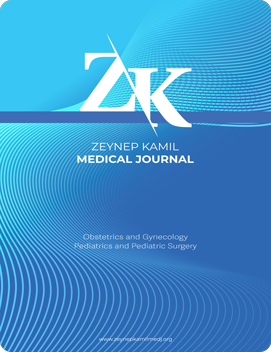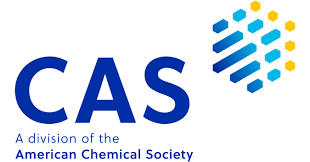Quick Search
Predictive value of clinical findings and complete blood count parameters for measles diagnosis in pediatric patients: A retrospective cross-sectional study
Abdulrahman Özel1, Esra Nur İlbegi2, Servet Yüce3, Sercan Semerci2, Volkan Tosun2, Meltem Erol2, Özlem Bostan Gayret21Department of Pediatric Intensive Care, University of Health Sciences, Bagcilar Training and Research Hospital, Istanbul, Turkey2Department of Pediatrics, Bagcilar Training and Research Hospital, University of Health Sciences Turkey, Istanbul, Turkey
3Department of Public Health, Istanbul University, Istanbul Faculty of Medicine, Istanbul, Turkey
INTRODUCTION: Diagnosing measles, a highly contagious viral infection characterized by fever and a characteristic rash, can be challenging due to the similarity of the clinical presentation to other diseases. Confirmatory laboratory testing is critical to accurately identify measles cases, as different pathogens and medications can produce comparable symptoms. The objective of this study was to evaluate the predictive value of clinical findings and complete blood count parameters for the diagnosis of measles in pediatric patients presenting with fever and maculopapular rash.
METHODS: This study was conducted in our clinic between January 1, 2023, and October 1, 2023. Patients with fever and maculopapular rash were divided into two groups: the study group consisting of patients diagnosed with measles, and the control group consisting of patients without measles.
RESULTS: A total of 140 pediatric patients presenting with fever and maculopapular rash were included in the study. In the measles group, 34.4% (31/90) of patients had Kopliks spots. In our study, vaccination rates were similar between the measles group (34%, 31/90) and the non-measles group (40%, 20/50) (p=0.513). However, vaccine refusal was significantly higher in the measles group (40%, 36/90) compared to the non-measles group (14%, 7/50) (p=0.001). Comparing symptoms between the groups, cough (p<0.001), conjunctivitis (p=0.004), coryza (p<0.001), and lymphadenopathy (p=0.02) were statistically significantly more common in the measles group. Cough significantly increased the likelihood of measles, with patients exhibiting this symptom being 8.94 times more likely to have the disease. A platelet-to-lymphocyte ratio cutoff of 89.2 yielded a sensitivity of 65% and a specificity of 72%. For the neutrophil-to-lymphocyte ratio, a cutoff of 0.28 demonstrated a sensitivity of 94% but a lower specificity of 40%.
DISCUSSION AND CONCLUSION: Clinical findings, particularly the presence of cough alongside fever and maculopapular rash, aid in strengthening measles diagnosis. However, we believe that markers derived from complete blood counts are not strong diagnostic tools for measles.
Manuscript Language: English
















